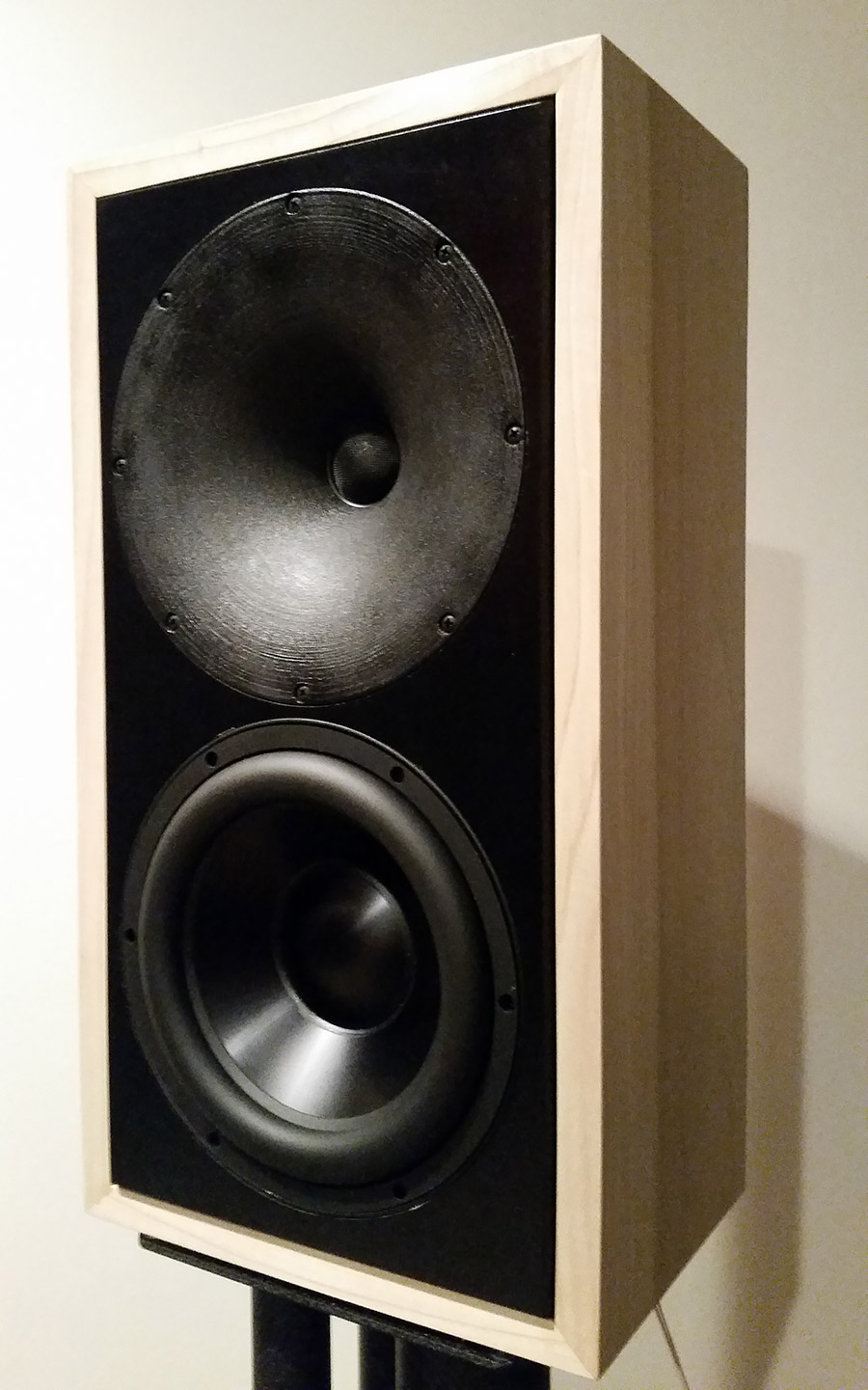
The Boxers
Designer: Dan Poinsett
Project Description
The Boxers are a 2-way stand-mount/bookshelf design utilizing a subwoofer driver with a very clean midrange and a waveguide-loaded soft dome tweeter.
Design Goals
My goal with this speaker was to create what I would consider a true full-range speaker in a package that can actually fit on a bookshelf. Most bookshelf or stand-mount speakers utilize a 6.5″ or smaller driver, and while some of them can dig pretty deep, they all end up being output limited pretty quickly. I wanted something that was smallish, could dig deep and could handle just about anything I could throw at it.
Driver Selection
There are many subwoofer drivers that can get low in a small enclosure, but most of them would require a midrange driver to take over by about 500Hz. This would require a separate chamber, taking away valuable air space in this compact design. The Dayton RSS210HO-4 is clean up past 1000Hz, allowing me to cross to a robust tweeter like the Dayton RS28F-4. The waveguide loading allows a low crossover point while still keeping up with the woofer in the output department. The particular waveguide used is a 3d printed model that is 8.5″ in diameter and 2″ deep with a 1.625″ opening that is a perfect mate for the Dayton RS28 series of tweeters.
Enclosure Design
The enclosure is a simple sealed enclosure that is just large enough to hold the woofer and the waveguide, but just small enough to fit on a standard bookshelf laying down. The dimensions are 20″ H x 11″ W x 7.5″ D with 3/4″ thick walls for a gross internal volume of just over 17L. The limited space inside was lined with fiberglass and filled loosely with polyfill. This gives the system a measured Qtc of 0.68 for a nice shallow rolloff (F3 = 45Hz and F10 = 30Hz).
Crossover Design
In order to get rid of some of the nasty upper frequency artifacts the subwoofer driver suffers from, it needed a 4th order electrical circuit with a tank on the leading inductor. This is pretty aggressive attenuation, but it puts the garbage about 40-50dB below the tweeter level and created a nice smooth rolloff near 1000Hz. The tweeter crossover was a breeze due to the waveguide loading and the flat impedance due to the massive attenuation necessary to match up with the woofer’s low sensitivity. A simple 2nd order electrical circuit with some attenuation was all that was necessary to bring the frequency response and phase in line. Overall, the xo frequency ended up being about 1200Hz with 4Ω or higher impedance across its frequency response (except as noted below). This crossover point is low enough to mitigate the potential problems caused by a largish C-T-C distance of just under 9″.
I did add a couple other features to this crossover beyond what is described above:
1) The waveguide generates an 8-9 dB suckout at about 13kHZ, but only on axis (15 off axis it smooths right out). Some listening tests led me to add a small capacitor across the series attenuation resistor in the tweeter circuit to raise the top octave a bit. This brings the system impedance down to 2 ohms above 20kHz, which should be fine for most amp/content combinations. I felt it a worthwhile compromise.
2) Since this speaker can legitimately be put on a bookshelf, I decided to add a switch to raise the tweeter level by 3 or 6 dB to counteract excessive bass reinforcement from this sub-optimal placement. The switch is a DPDT center-off type where the three positions engage or disengage series and shunt attenuation resistor combinations to produce the different levels. It should be noted that this crossover was designed for stand mounting and the switch just makes some other placement options more attractive.
Conclusion
These speakers offer a unique set of compromises that present a unique listening experience. I don’t usually hear a presentation this large from speakers so small, but I think the waveguide dispersion pattern, the 8″ midrange and the ability to play deep bass very loud offer such benefits. You don’t get anything for free, so these speakers are quite inefficient and need a lot of power to get moving. The good news is, with a legitimate subwoofer as the bottom of this 2-way, they can handle a lot more power than other speakers this size.
About the Designer
Dan is a member of the Parts Express Speaker Building Design Team.

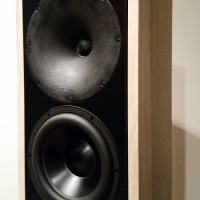


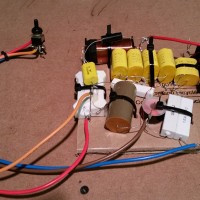
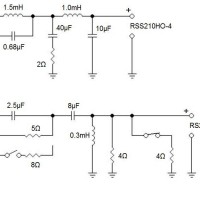
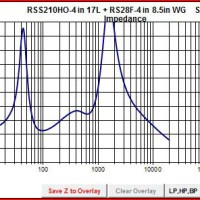
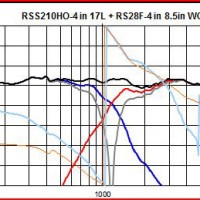
Hi
Very interesting design! Is the dxf/stl file for the waveguide available?
Regards
I can send the STL file to anyone who wants it. Send your email address via private message to DanP on the Parts Express Tech Talk forum and I’ll send it out. Thanks for the interest!
I’d like to build this, do you have a pdf or something
I never made a layout for this speaker because it is a simple rectangular prism, 20″ tall by 11″ wide by 7.5″ deep with 3/4″ thick walls. The waveguide and woofer are centered on the front baffle and I used triangle braces inside for strength. I had to be careful of packaging issues with the braces though, as the woofer takes up almost the entire bottom half of the enclosure. Since it is a sealed enclosure, it should be pretty straightforward.
Is there any video on this playing?
Hi,
Can you tell me the overall efficiency of this speaker? Thanks.
The efficiency of this design is very low, less than 80dB after baffle step compensation. However, it moves up to about 84dB if placed on the floor near the wall and the xo switch moved into right position.